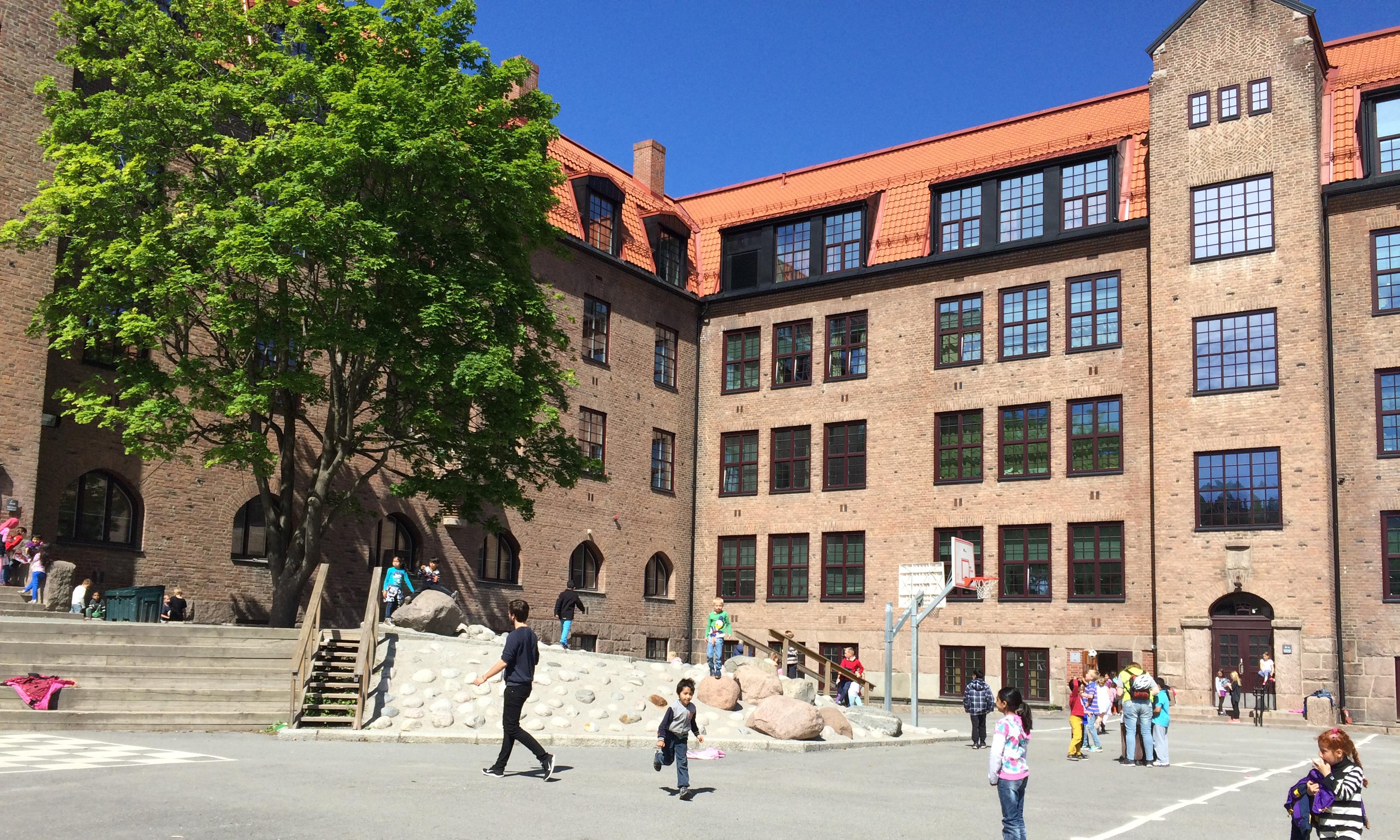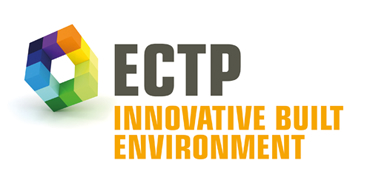
School of the Future
School of the Future - Towards zero emissions with high performance indoor environment
Start date: 01.02.2011
Duration: 60 months
Coordinator: Hans Erhorn
Budget: 4.9 M€
Details

The concept of the School of the Future project consisted of 3 main parts:
1. Design, demonstration and evaluation of highly energy efficient retrofitting of schools in 4 different European countries with differing climates
2. Development of guidelines and tools – building upon existing knowledge and tools – applicable throughout the EU countries
3. Dissemination of results, guidelines and tools – also including training activities
The design, demonstration and evaluation of the school retrofits were tackling two major challenges at the same time: energy saving and indoor environment quality. The school retrofits had the following goals:
- Reduction of the total energy use of more than factor 3
- Reduction of the heating energy use of more than 75%
- Improvement of the indoor environment quality (air, daylight, acoustic, thermal comfort)
The demonstration buildings within the project have not completely reached the level of zero energy as the aim of the EU call was cost efficiency and multiplication potential. The retrofit concepts, however, resulted in buildings that use significantly less energy than after regular retrofits ensuring high indoor environment quality - thus leading the way towards zero emission. They can be considered as schools of the future.
The development of guidelines and tools built upon existing knowledge and further developed already available instruments in order to cover both qualities, the energy efficiency and the indoor environment. The guidelines and tools are applicable throughout the EU countries. The guidelines address the following subjects:
- Building construction elements
- Building service systems
- Improved indoor environment quality
- Solution sets for zero emission/zero energy schools
Two types of simple to use tools were further developed: one which focuses on the presentation of information such as case studies and retrofit technologies, that also contains the guidelines and a benchmark system for average and best practice energy performance data, and one that allows an energy performance assessment of school buildings with and without retrofit measures. The main target groups of the information tool are public authorities and other types of planners. The calculation tool enables different user groups including students to perform a simple assessment of the energy quality of school buildings.
The dissemination of the project results and the deliverables was realised through the project website (www.school-of-the-future.eu) and the use of existing, already proven dissemination channels that allow for a multiplication of the impact compared to a single approach by the project. Examples for this are: “Industry” dissemination via the communication channels of the national and international industry associations, sessions and presentations at major conferences and articles in technical journals in the relevant areas and the use of the EU platform for energy efficiency in buildings “BUILD UP” (www.buildup.eu). Here the project submitted its results and deliverables as news, publications, tools and cases. A community “School of the Future” was started that enables discussions and gathers targeted information on energy efficient school buildings with high indoor comfort.
The training activities supported the energy saving retrofits by providing the building users (students, teachers/office workers and care-takers) with information on how to correctly use the building and the integrated technologies so that further energy use reduction can be achieved.
List of achievements
Report on the design, realisation, commissioning and monitoring of the 4 school building retrofits - Besides covering planning and design, this report also includes the implementation of the retrofitting measures along with an analysis of the measured data relating to energy consumption and indoor comfort, thus evaluating the retrofitting concepts. The individual chapters of the report (each dealing with one school) are completed by a cross-evaluation.
School of the future information tool - This internet-based tool provides decision makers and technical staff of public authorities with a wide range of useful information for the energy-efficient renovation of school buildings:
- Case studies presenting successful energy retrofitting solutions for educational buildings
- Explanatory notes relating to renovation measures
- National benchmarks for the comparison of characteristic consumption values
- Indoor comfort parameters for classrooms
Collection of 4 retrofit guidelines - Based on experience gained from the school refurbishment projects within the 'School of the Future' scheme (including insights from further national and international school projects), the project team prepared four guidelines for school retrofitting projects:
- Indoor environmental quality in schools
- Retrofit of building construction elements
- Retrofit of building services systems
- Solution sets for zero emission / zero energy schools
The guidelines are intended to support decision makers and planners in targeting, planning and implementing ambitious school retrofitting projects.
Set of training seminar for pupils, teachers and technical service personnel - To enhance the efficiency of the implemented renovation measures in the four demonstration projects and in further schools by raising user awareness and teaching correct user behaviour, tailored training materials for teachers, pupils and technical staff were developed (available in Danish, Norwegian, Italian, German, and English). The presentations describe the retrofit concepts and the specific implemented measures, give background information relating to saving energy in buildings and explain the influence of user behaviour on energy consumption and indoor comfort.
Lessons learnt
- The project show that comprehensive refurbishment allows achieving energy savings of approximately 80% in public buildings.
- The calculated energy target values could be accomplished in three schools. In the German school the measured energy data of the school houses alone are ranging in the order of the predicted saving potentials. Due to the conversion of the gym (now used as refugee accommodation) and the resulting significant changes in the usage profile the predicted energy savings for the gym could not be achieved.
- With regard to electricity, the Italian school is now a surplus-energy school (in the annual balance).
- Due to retrofitting, the indoor environment quality in the classrooms was significantly improved. This is particularly true for the indoor air quality.
- In the Danish school the retrofitting process was carried out in several steps; each step involved two classrooms at a time. This worked out fine.
- Positive experience has been made with the selected type of insulation for the double-leaf external wall at the school in Ballerup. (I.e. removing the outer leaf, applying the mineral wool and creating a new outer shell).
- Usually, electric heat pumps cannot generate heating-water temperatures above 55 °C. The sophisticated concept of the heating system in the school on Drammen allows generating temperatures of up to 70 °C while still achieving a high seasonal performance factor of the heat pump. This concept is also suited for replacing high-temperature heating systems (e.g. oil-fired boilers).
- Daylight supply of buildings in northern countries should not be reduced by permanent shading devices. Thanks to the solar control glass applied at the southern and western facades of the Norwegian school, the former wind-sensitive external shading device could be removed. New solar control glass is characterized by low solar factors in combination with significantly higher light transmittances.
- Space limitations or structural restraints can prevent the implementation of efficiency measures, in this case e.g. the installation of the initially planned additional PV panels and the heat recovery in a gym.
- The successful demonstration project in Cesena resulted in a new general retrofitting standard for the schools of the commune.
- The successful retrofit of Brandengen School was awarded several prizes and met with wide interest especially in the heat-pump solution and the replacement of windows in a historical building façade.
Contact
Contact person: Hans Erhorn
Address: Fraunhofer Institute for Building Physics, Nobelstr. 12, 70569 Stuttgart, Germany
Tel: +49-711-970-3380
email: hans.erhorn@ibp.fraunhofer.de
Status
Finished












